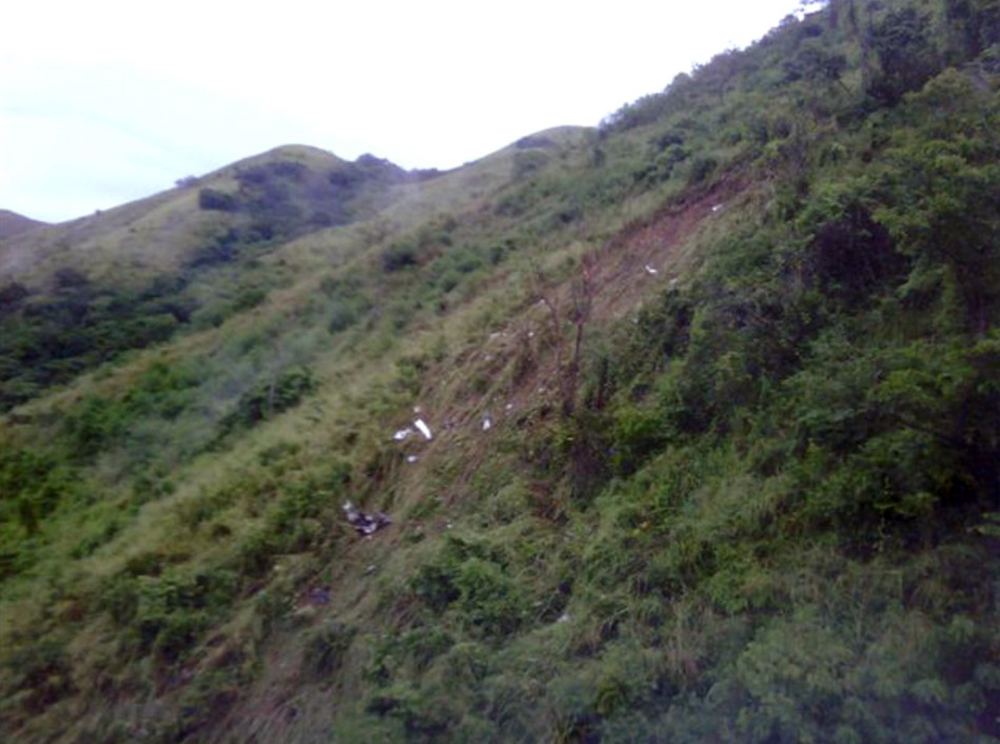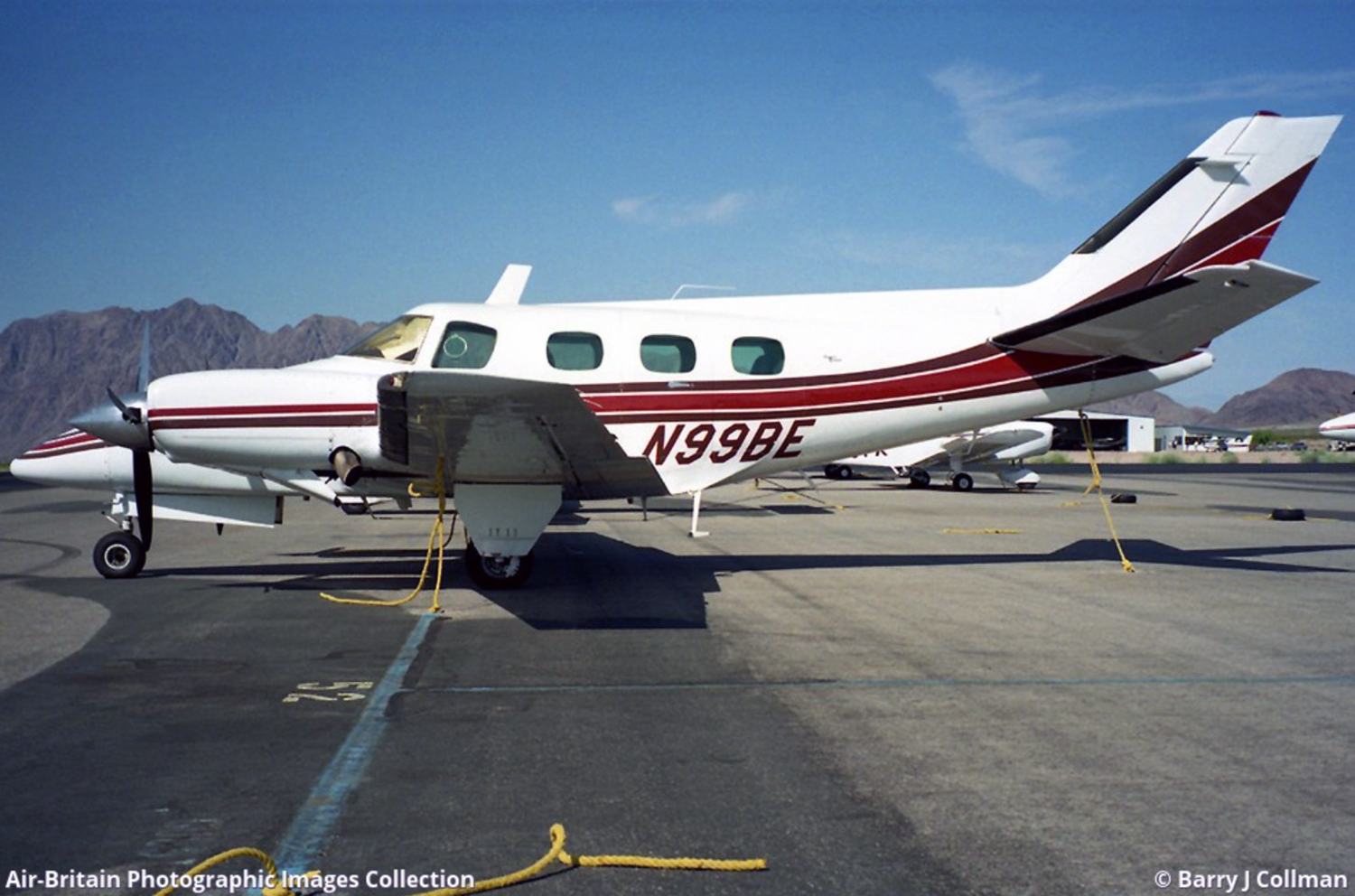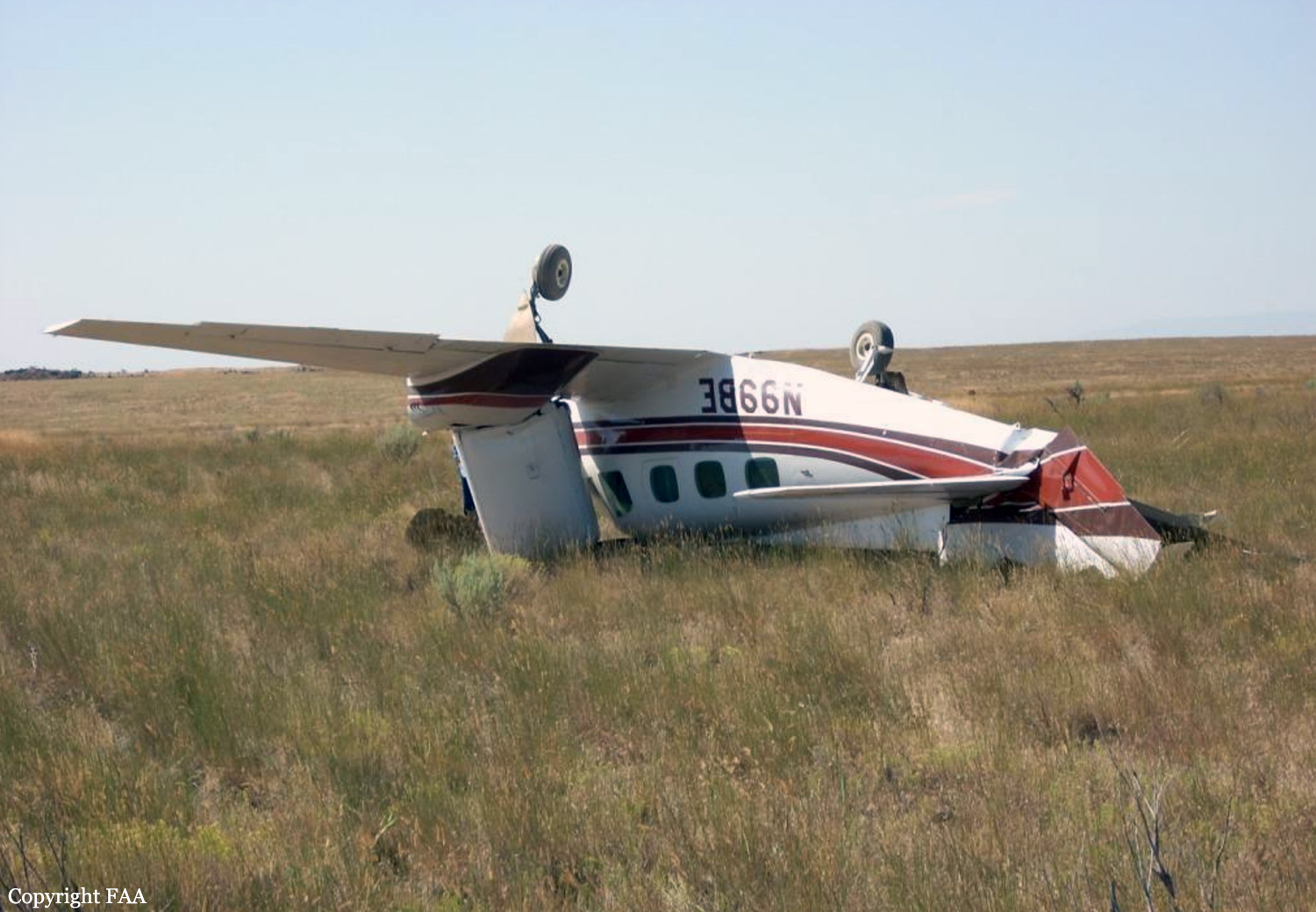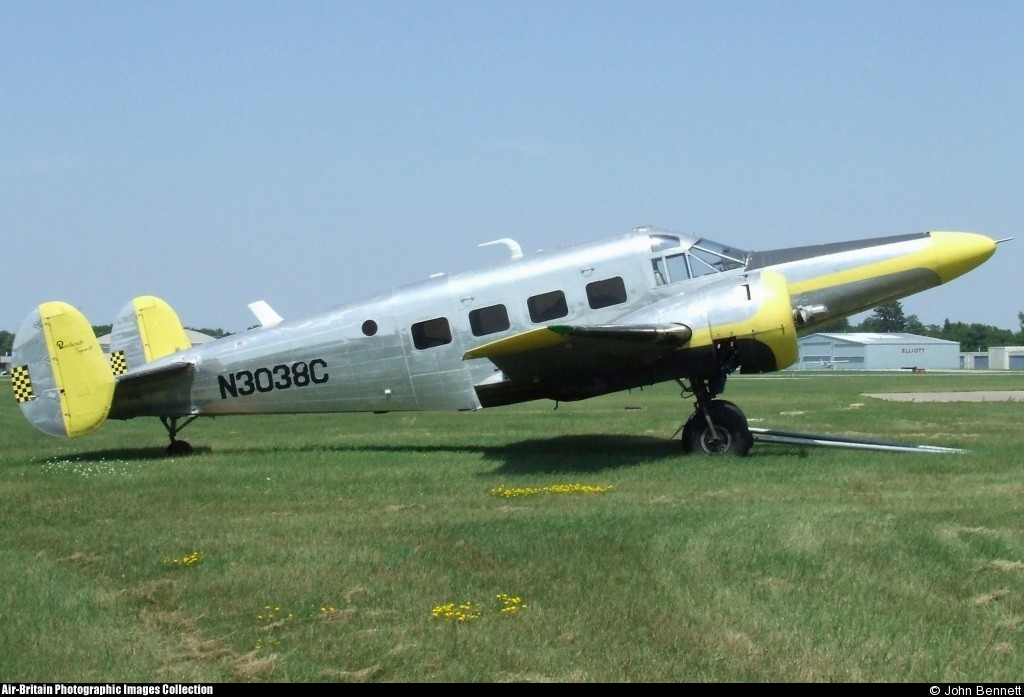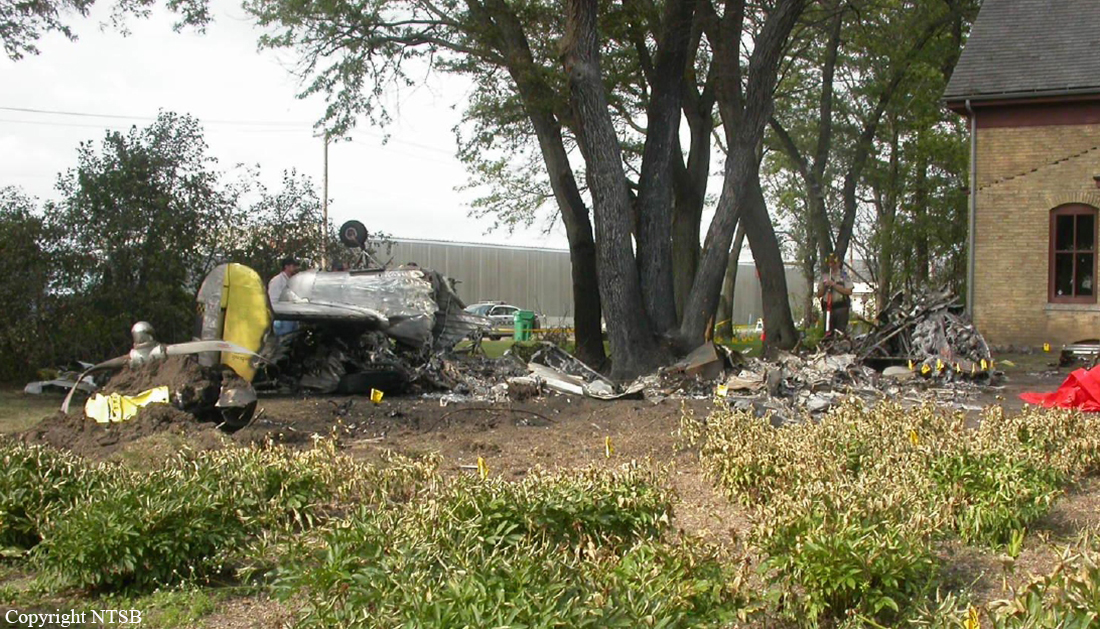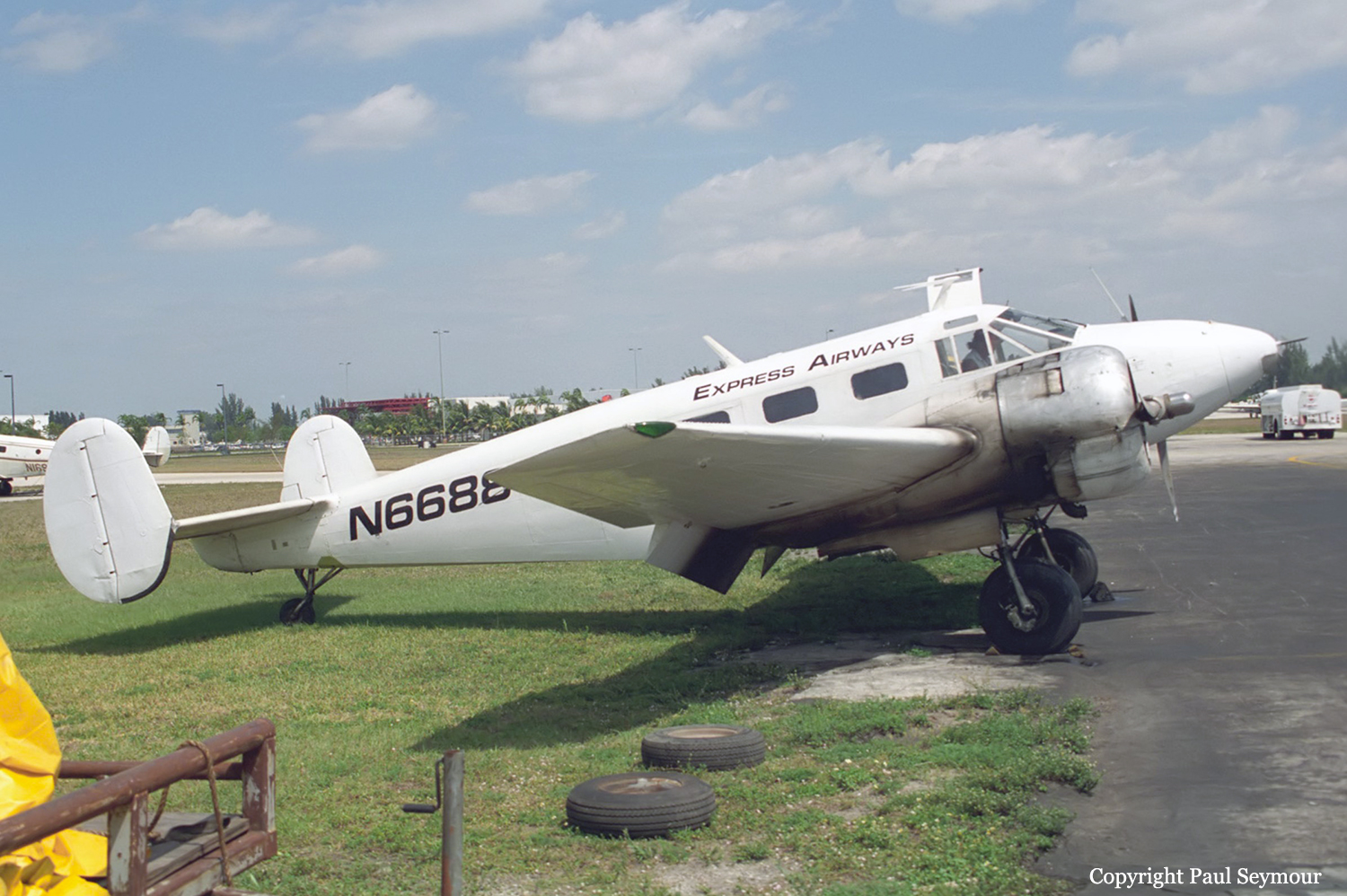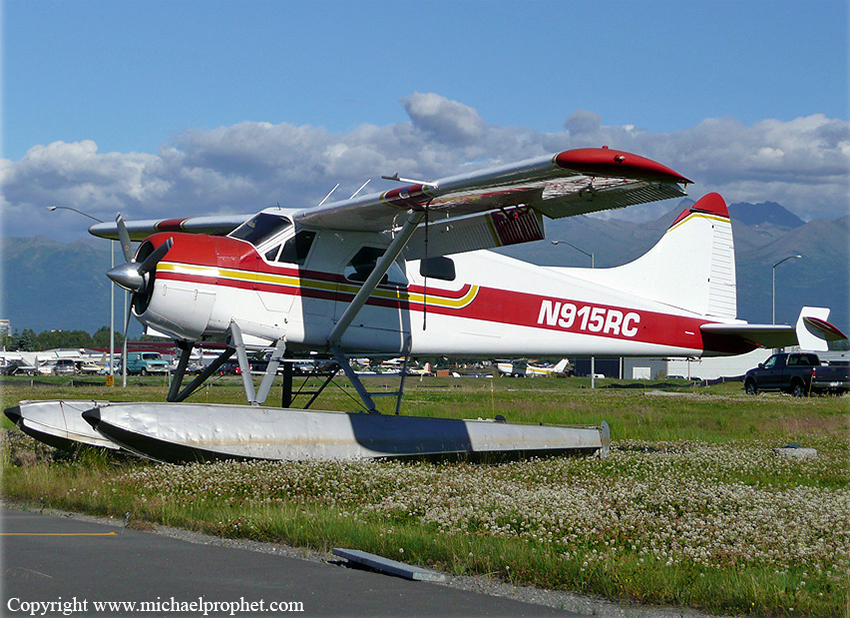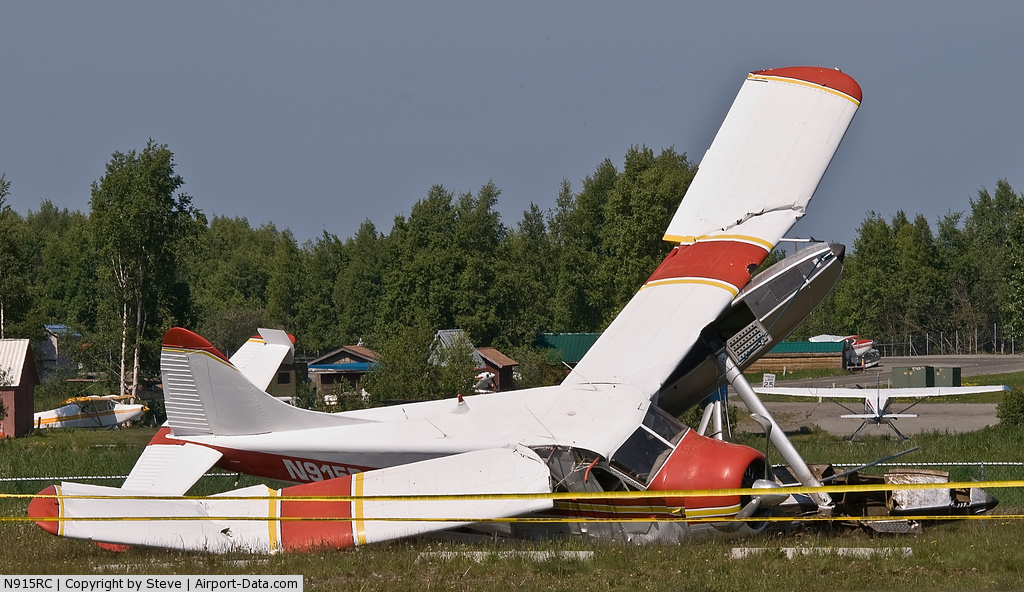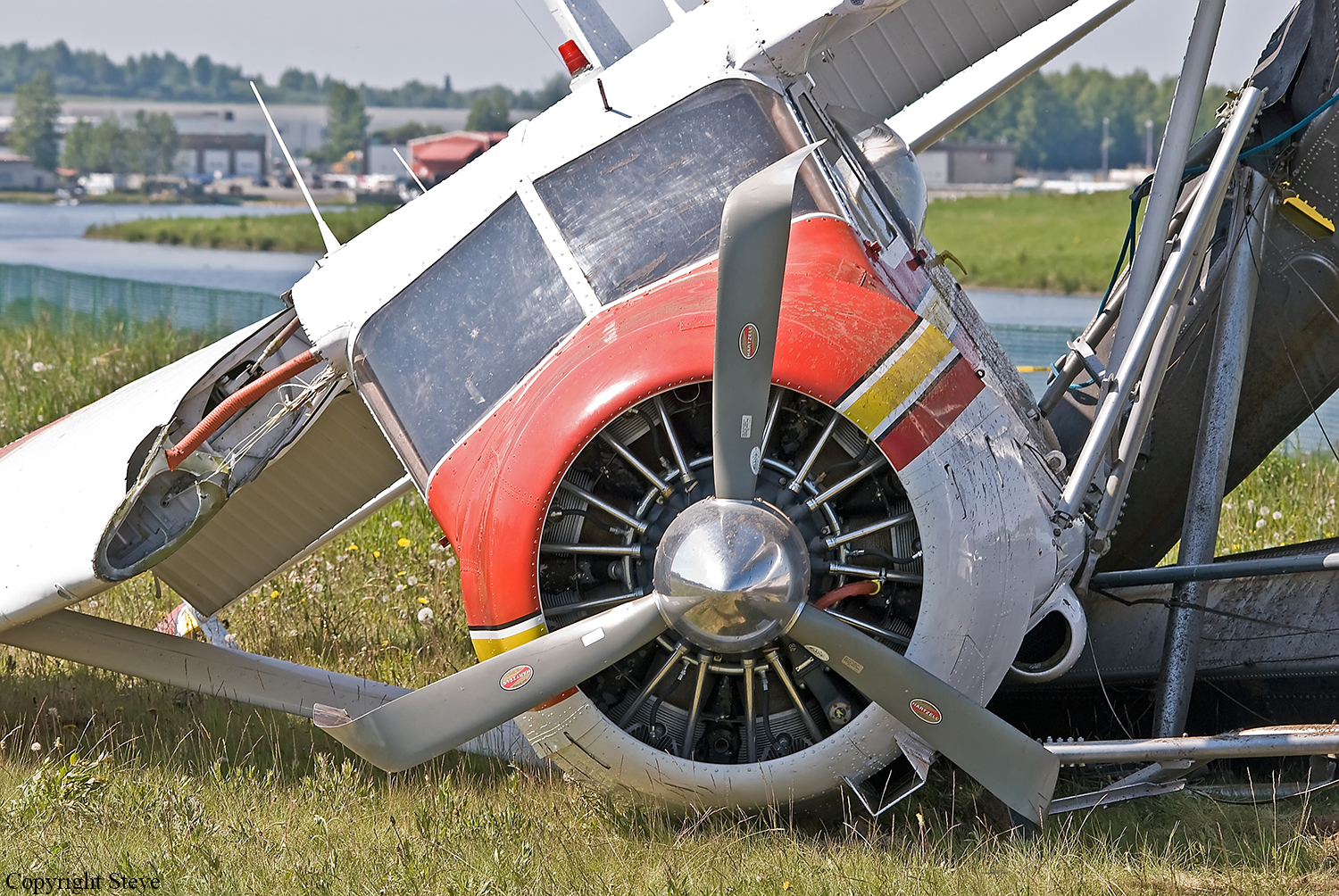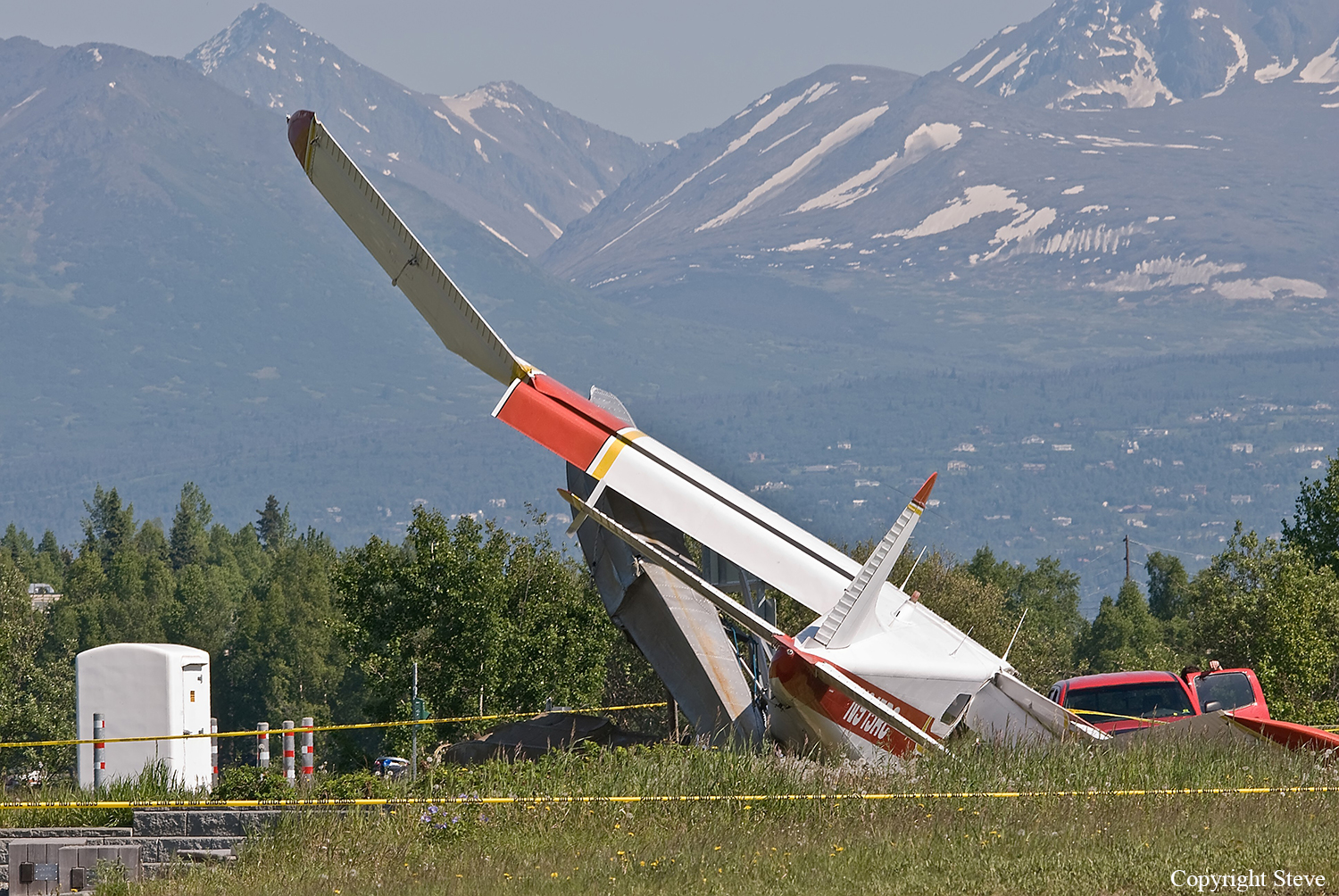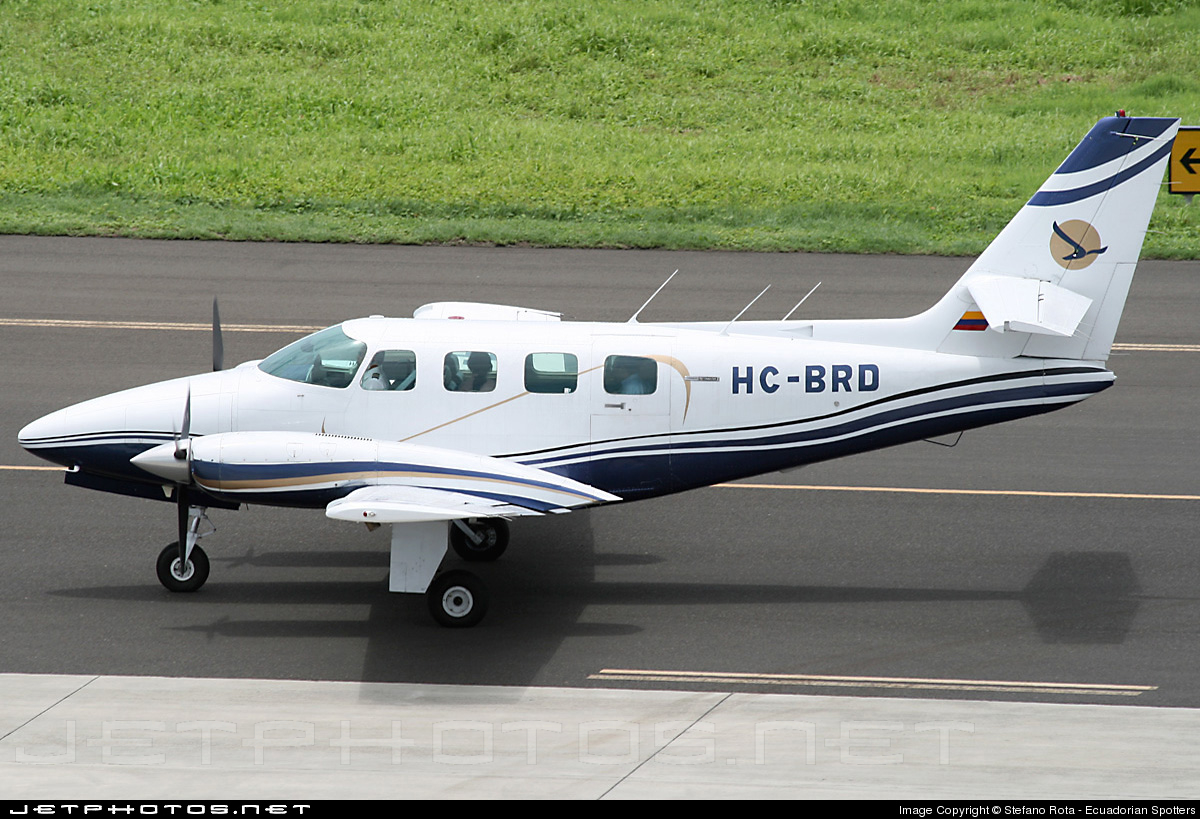Crash of a Cessna 340A near Quiripital: 3 killed
Date & Time:
Sep 15, 2009 at 1730 LT
Registration:
YV1451
Survivors:
No
Schedule:
Valle de la Pascua – Charallave
MSN:
340A-0641
YOM:
1978
Crew on board:
2
Crew fatalities:
Pax on board:
1
Pax fatalities:
Other fatalities:
Total fatalities:
3
Circumstances:
The twin engine aircraft departed Valle de la Pascua Airport on a private flight to Charallave. While approaching Charallave-Óscar Machado Zuloaga Airport, the crew encountered limited visibility due to low clouds when the aircraft struck the slope of a mountain located near Quiripital, about 15 km southeast of Charallave Airport. The wreckage was found the following day. The aircraft disintegrated on impact and all three occupants were killed.
Probable cause:
The accident occurred after the crew suffered a loss of situational awareness while descending into IMC conditions.
